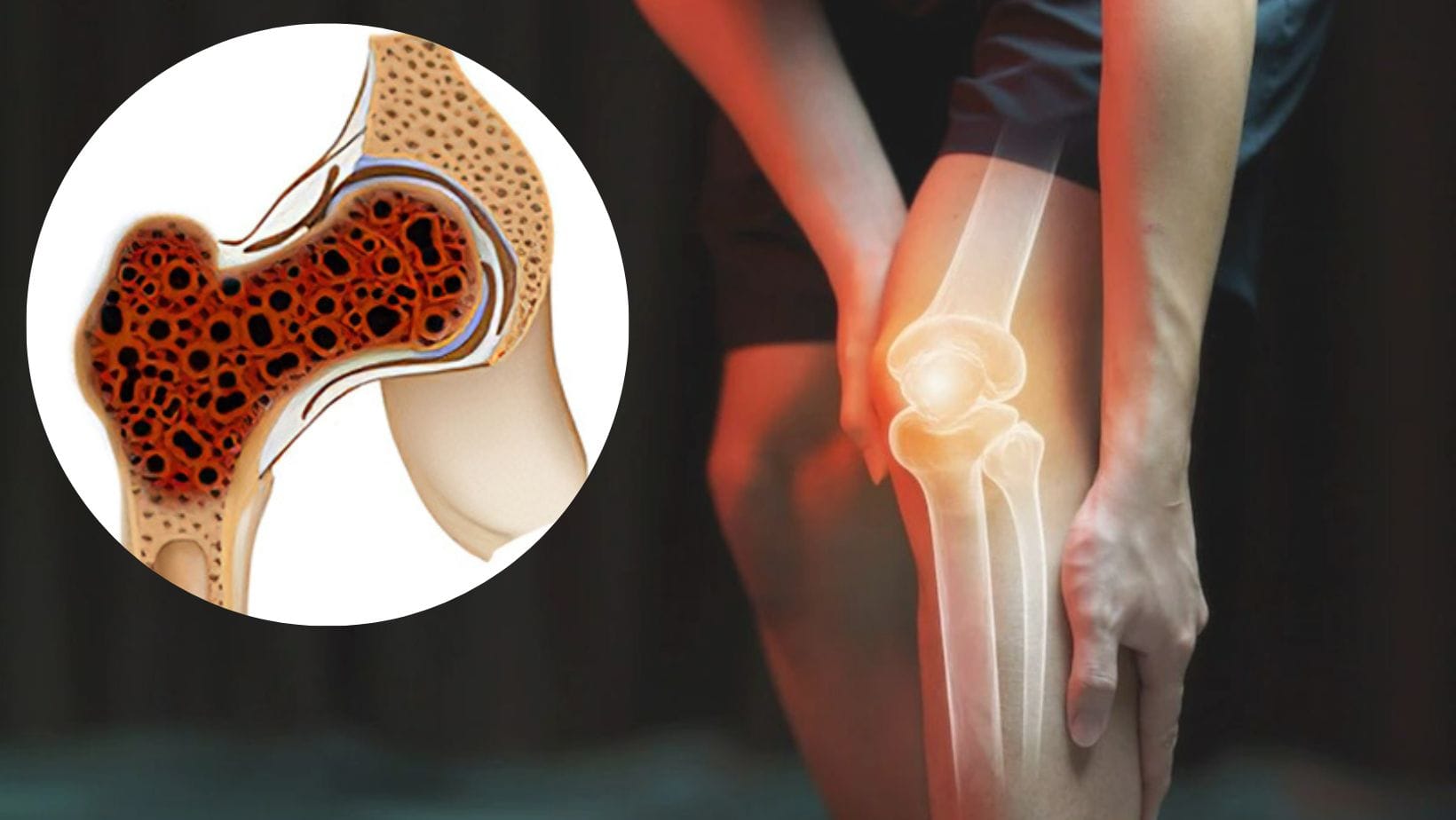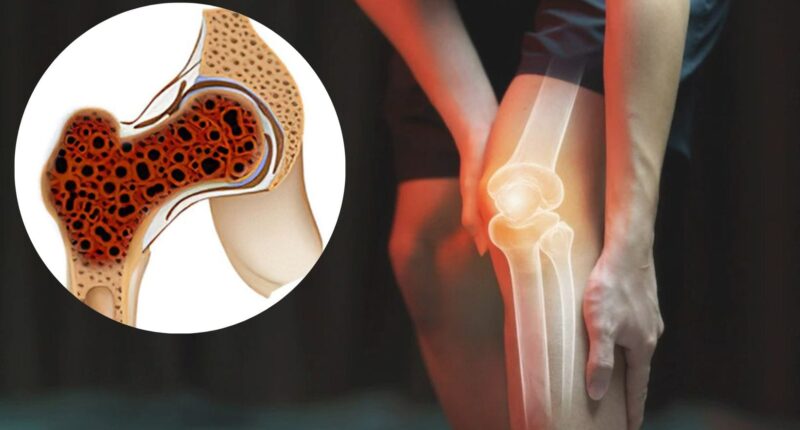 Osteoporosis Effect: Can Laziness Make Your Bones Weak? Know From The Expert
Osteoporosis Effect: Can Laziness Make Your Bones Weak? Know From The Expert
Lack of calcium in bones reduces the density and strength of bone, which can lead to further complications such as bad posture, imbalance, consistent pain in joints, and frequent fractures. What causes osteoporosis is not just biological disturbances such as hormonal imbalance, family history, and nutritional deficiencies, but also a very important factor lifestyle. In other words, a person who chooses to live a sedentary lifestyle is bound to experience a lack of bone health over time. We spoke to Dr. Ashutosh Jha, Consultant Orthopedics, Manipal Hospitals, Ghaziabad to understand more about this condition and how a sedentary lifestyle can be a risk factor for Osteoporosis.
But How Exactly Does Laziness Trigger Osteoporosis?
The term laziness can have different meanings. It can mean a lack of motivation to do any kind of movement or avoiding physical activities. A person working all day but being unable to exercise, take good nutrition, and add a good night’s sleep into their daily routine can also easily develop osteoporosis. The most relevant term to use here is living a sedentary lifestyle.
How Exactly Does Inactivity Lead To Bad Bone Health?
Here are 3 steps to understand this further:
- Long sitting hours lead to ineffective use of the musculoskeletal system; the average person sits for 8-9 hours at work and another two hours while traveling to work. Adding another two hours of sitting at home brings the total up to 12 13 hours of sitting on average each day. Doing this over the years leads to pressure and impact on the hip and back joints, making them weak. Wearing heels at work for long hours also impacts bone strength.
- Lack of strength and training makes the bones and joints weaker: Inactive individuals lose 20 40% of their muscle mass throughout their adult life. A bad lifestyle influences the aging process, and the unused muscles and joints lose their strength.
- Frequent minor accidents create trauma to the joints: Once the bones and joints have started to become weak, minor falls and accidents become a regular occurrence. Getting injured again and again weakens the bone, creating more trouble. In such cases, simple rest is not enough and urgent medical intervention is required to bring back lost bone strength and density.
The first step after realizing that a person might have developed bone weakness is to get a bone density test (BMT) done. The test uses X-rays to measure how many grams of calcium and other bone minerals are packed into a segment of bone.
The most affected areas are the spine and hip bones. One can simply start by taking preventive measures at home by just taking out time to train and strengthen the bones and muscles; keeping the body active and warmed up; eating the right nutritional foods such as calcium and vitamin D foods, and consulting an expert for early detection and proper treatment of osteoporosis. Osteoporosis Effect









